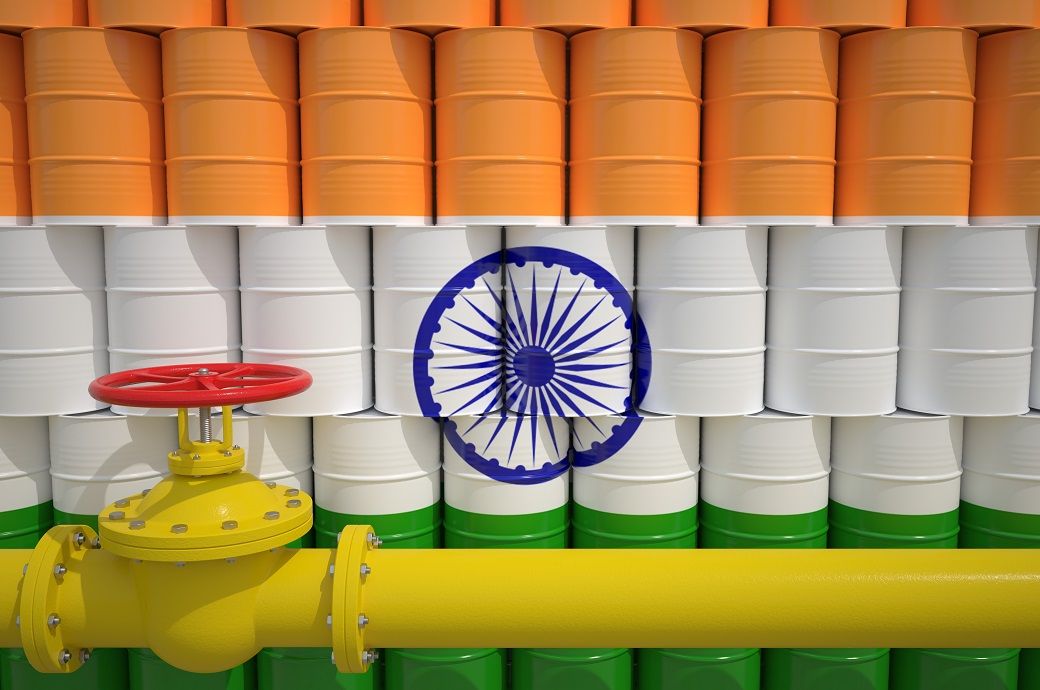
India and China—the world’s third and first-largest petrochemical consumers—are transforming from major importers into self-sufficient producers, reshaping Asia’s trade flows, S&P Global said in a release.
As both China and India build new capacity, Asian exporters—particularly in South Korea, Taiwan, and Thailand—face rising competition. Over half of India and China’s chemical imports come from Asia, meaning exporters will struggle to redirect volumes elsewhere.
Exporting to the US is also becoming less viable due to tariff barriers, threatening margins and prompting consolidation in the region’s petrochemical sector.
Global ethylene utilisation rates, a key industry benchmark, are projected to stay below 82 per cent through 2027—down from a peak of 89.4 per cent in 2019—as supply continues to outstrip demand.
Weak global recovery, sluggish Chinese demand, and trade tensions are exacerbating the structural oversupply. India’s capacity ramp-up post-2030 will add to this, even as China’s earlier expansions taper off.
India’s petrochemical story remains demand-driven. The country’s rising income levels, booming construction sector, and expanding manufacturing base underpin an expected compound annual growth rate (CAGR) of eight per cent in petrochemical demand over the next decade—outpacing GDP growth.
By 2034, India is forecast to overtake the US as the second-largest polyethylene (PE) market, accounting for 10 per cent of global demand, up from 7.1 per cent in 2024.
Public sector oil marketing companies—Indian Oil Corporation (IOCL), Bharat Petroleum (BPCL), and Hindustan Petroleum (HPCL)—are spearheading India’s petrochemical expansion, integrating new plants with refinery upgrades. Collectively, they plan investments exceeding ₹2.4 trillion (~$25 billion). GAIL is also developing a new ethane cracker, while private players like Reliance Industries, Adani Petrochemicals, and Nayara Energy are exploring large-scale capacity additions, though some private projects face funding risks.
India’s PE self-sufficiency has climbed from 57 per cent to 69 per cent over the past decade and is expected to reach 71 per cent in the coming years. This mirrors China’s trajectory, where self-sufficiency rose from 63 per cent to 71 per cent and is poised to hit 75 per cent soon. As a result, Asian exporters will find fewer outlets for petrochemical sales, intensifying regional competition.
While Indian producers enjoy protection from strong domestic demand, regional peers face headwinds. South Korean, Taiwanese, and Thai firms—once reliant on Chinese and Indian markets—are diversifying exports or scaling back capacity.
Korean producers like LG Chem have reduced capital expenditure and divested non-core businesses, while Thailand’s PTT Global Chemical and Malaysia’s Petronas subsidiaries are pivoting to specialty chemicals to offset margin erosion.
Taiwanese firms such as Formosa Plastics and CHIMEI are focusing on high-value segments like electronics, semiconductors, and green energy. Meanwhile, Southeast Asian producers, cushioned by long-term gas feedstock contracts, are cutting costs, halting uncompetitive ventures, and shifting to niche chemicals to survive the downturn.
China and Korea are beginning to address the supply glut through production rationalisation. Beijing is evaluating outdated facilities, while Seoul has pledged to cut naphtha cracker capacity by up to 25 per cent. These efforts, combined with slower capex and decommissioning of smaller plants, may help restore balance by the late 2020s.
S&P Global Ratings notes that India’s diversified operators, such as Reliance Industries, maintain stronger profitability than peers. Despite weak global spreads, Reliance’s oil-to-chemicals segment saw a relatively modest 12 per cent EBITDA decline in fiscal 2025 versus 20–45 per cent across Asia. Its integrated operations, feedstock flexibility, and shift toward domestic businesses like retail and digital services reinforce earnings stability.
With India set to lead global petrochemical capacity additions by 2030, its influence on Asian markets will grow. The country’s strong domestic demand offers a buffer against cyclicality, but its drive for self-sufficiency will reshape trade flows, pressuring regional exporters and compelling structural shifts across Asia’s chemical industry.
ALCHEMPro News Desk (HU)
Receive daily prices and market insights straight to your inbox. Subscribe to AlchemPro Weekly!